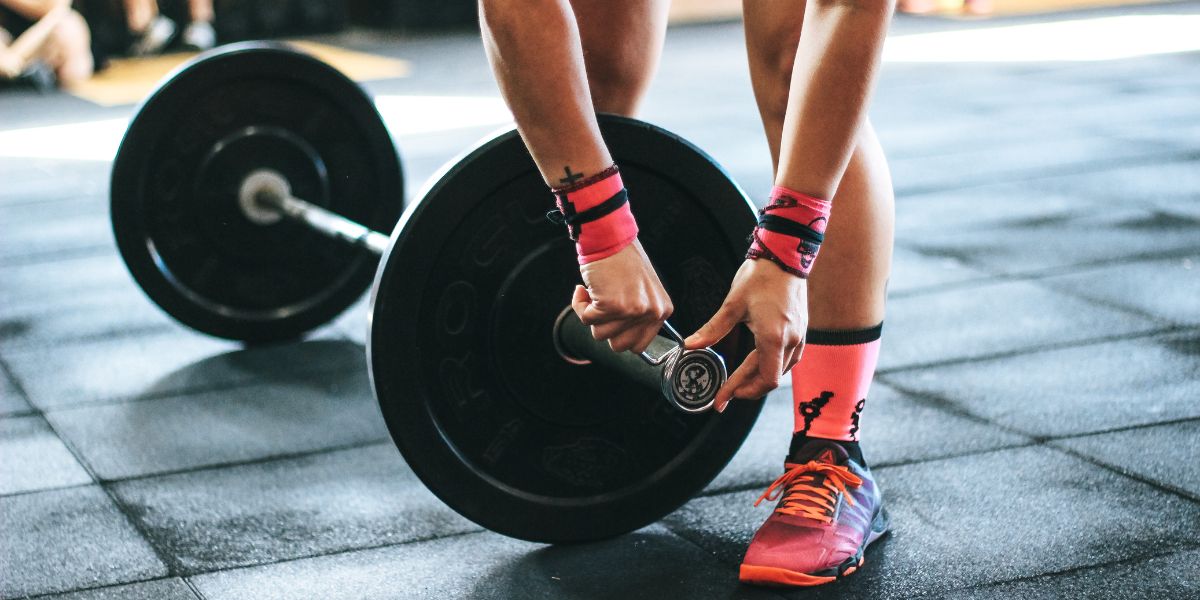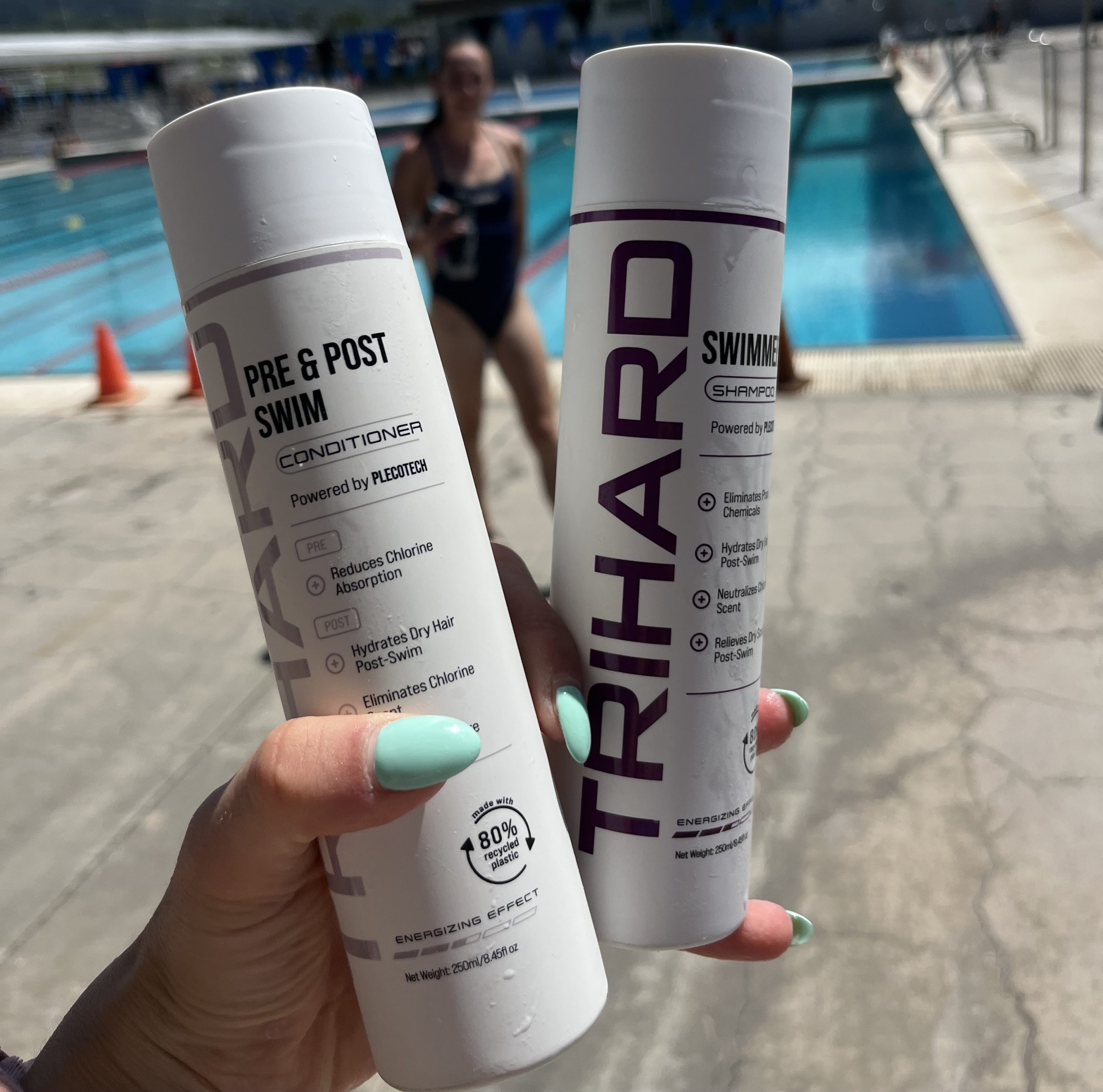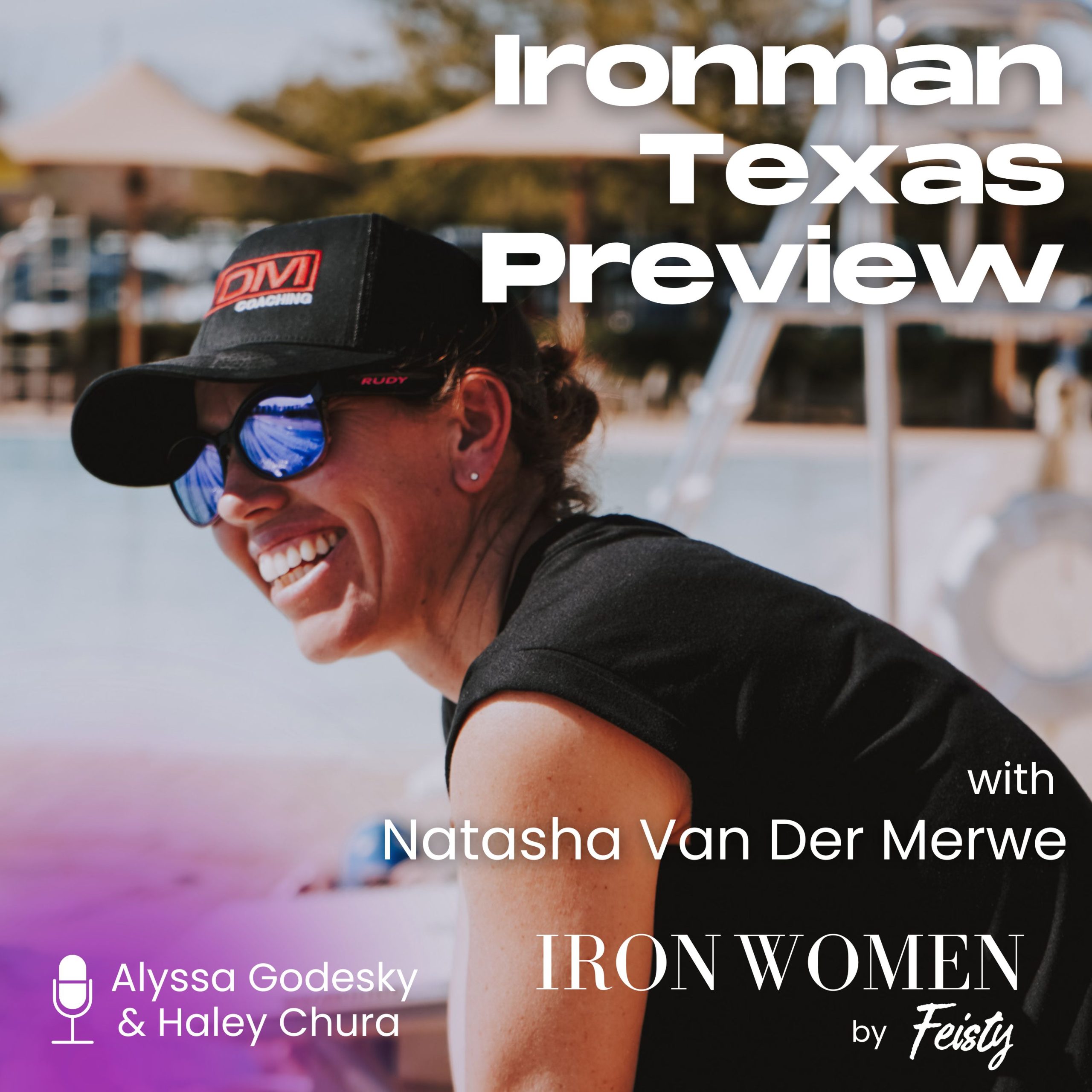December 26, 2023
Our Favorite Exercise Research Findings from 2023

Physical activity is good menopausal medicine. These studies show why.
By Selene Yeager
It goes without saying, we love exercise here at Feisty Menopause. Running, riding, rowing, lifting, hiking, surfing, and generally healthy, active living are in our DNA. We don’t need studies to tell us that working out makes us feel great, mentally and physically, but we sure do love it when research confirms the benefits we’re feeling (and even some we don’t necessarily feel).
So with that, here are a handful of our favorite exercise-related research findings from 2023. Here’s to a healthy, active new year!
You Can Have Your Breakfast and BDNF, Too
Brain-derived neurotrophic factor (BDNF) has been called fertilizer for the brain. It promotes neuroplasticity, which means the brain is better able to form new connections and pathways. It also helps neurons live longer. Increasing BDNF enhances learning and cognitive performance.
How do you boost your BDNF? Fasting is one way. But fasting can be tough for active, menopausal women who need to fuel their workouts and get regular doses of protein to maintain muscle. So we’re psyched to see a study in the Journal of Physiology that shows 6 minutes of high intensity intervals (in this case done on a stationary bike: 40 seconds full gas with 20 seconds recovery repeated 6 times) works just as well.
The researchers examined the isolated and interactive impact of a 20 hour fast, an easy 90-minute spin on a stationary bike, and the high intensity intervals on levels of circulating BDNF. They found that the intervals increased every metric of circulating BDNF by 4 to 5 times more than the easy exercise bout, and that the high intensity exercise was a much more efficient way to increase BDNF than fasting. So you can have your big breakfast and your BDNF, too!
Even Small Bits of Activity Help Your Bones
We know resistance training and jumping are good for maintaining a strong menopausal skeleton. Research also shows that even small amounts—4.9 MET hours a week (or less than a 30-minute walk three times a week)—of leisure time physical activity during the menopause transition helps lessen bone loss.
That’s a good reminder for many of us who sit a lot at desk jobs. Incorporating more walking breaks into your day is good for your metabolic and bone health!
Resistance Training May Help Protect Your Brain
The exercise-induced hormone irisin may help reduce plaque and tangles in the brain, according to a study in Cell.
Irisin is a muscle-derived hormone that increases in the body following exercise. It’s good for your metabolic health as it regulates glucose and lipid metabolism in fat tissue and increases energy expenditure by accelerating the browning of white fat tissue. It also improves the health of the brain. People with Alzheimer’s have reduced levels of it. Studies have found that exercise reduces amyloid beta deposits in mouse models of Alzheimer’s, but the mechanisms involved have remained a mystery.
To examine whether irisin is a key player in exercise-related reductions in amyloid beta, researchers applied irisin to their 3D cell culture model of Alzheimer’s. They found that “irisin treatment led to a remarkable reduction of amyloid beta pathology,” according to lead researcher Se Hoon Choi, PhD, in a press release.
Resistance training is one of the best ways to boost irisin, so keep lifting weights! “You can literally change the function and the structure of your brain by resistance training alone,” neurophysiologist Louisa Nicola explained during Better Brain Health episode 87 of Hit Play Not Pause.
HIIT training turns back the biological clock on aging.
We are decidedly pro aging here at Feisty Menopause, but we definitely want our bodies to be as resilient to the passage of time as possible, so we can continue feeling and performing our best. Research shows HIIT is part of that happy aging recipe.
In a randomized controlled trial, 4 weeks of 3x weekly high-intensity interval training reduced a marker of biological age by more than 3 ½ years in a group of midlife non-exercising adults, average age 50 (20 women, 10 men).
In the study, researchers analyzed the effect of high-intensity interval training (HIIT) on estimated biological age measured using a “transcriptomic clock” based on messenger RNA. (Messenger RNA is a class of biomolecules responsible for translating DNA into proteins.) For the study, half the group did HIIT sessions three times a week for four weeks and half did no exercise. At the end of the study, biological age decreased in the HIIT group by 4 years. Of note, the participants in the current study were estimated to be nearly 20 years older biologically (70 years old on average) than chronologically (50 years old on average). Keep on moving!
It’s Okay to Be a Weekend Warrior!
We move as much as possible during the week, but jobs, responsibilities, and general life stuff can make it hard to get in as much weekday exercise as we’d like. The good news is that weekend warriors reap the same cardiovascular disease-lowering benefits as those who spread out their exercise throughout the week, according to a large prospective cohort study of more than 89,000 women and men between the ages of 40 and 69.
For the study, participants wore an accelerometer for a week while researchers tracked their activity. They characterized their levels of moderate to vigorous physical activity (MVPA) as:
- Active weekend warriors (at or above 150 minutes per week of MVPA with at least 50% of their activity occurring over 1–2 days)
- Active regular (at or above 150 minutes per week of MVPA, but not meeting weekend warrior criteria)
- Less active (less than 150 minutes of MVPA per week)
They then followed them for just over 6 years to analyze the relationship between the pattern of physical activity with risk for cardiovascular events like AFib, heart attack, heart failure, and stroke. After adjusting the analyses for age, sex, racial and ethnic background, socioeconomic status, education, employment, and self-reported health and diet quality, they found that both weekend warriors and those who were regularly active throughout the week had a significantly lower risk for cardiovascular disease (~20 to 35%) than their non-active peers with no difference between the groups.
Obviously, the more you can move during the week, the better. But it’s good to see that our big training weekends are good for us even during weeks when we can’t get out as we’d like.


 Outspoken Women in Triathlon Summit Returns Bigger than Ever
Outspoken Women in Triathlon Summit Returns Bigger than Ever  Driving the Lamborghini: Productivity and the Power of Paper
Driving the Lamborghini: Productivity and the Power of Paper  5 take aways from the Compete Sports Diversity Summit
5 take aways from the Compete Sports Diversity Summit  Simple Tips to Hone Your Bike Handling Skills
Simple Tips to Hone Your Bike Handling Skills 


